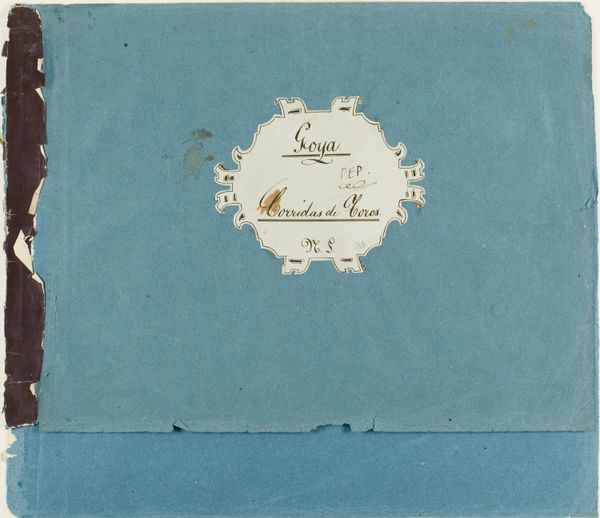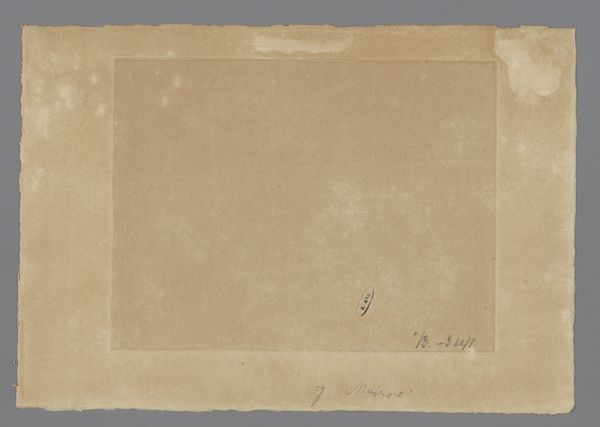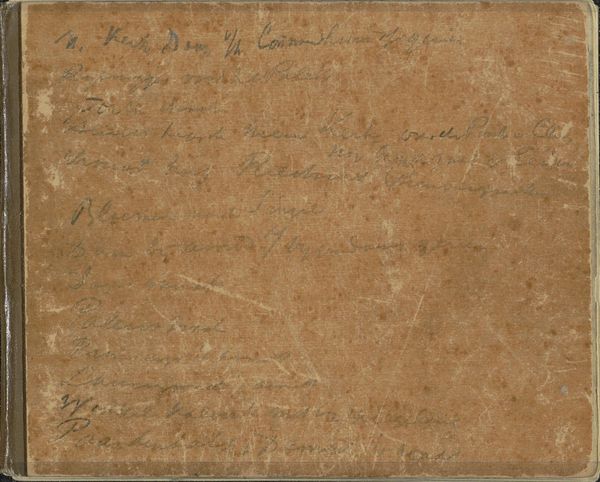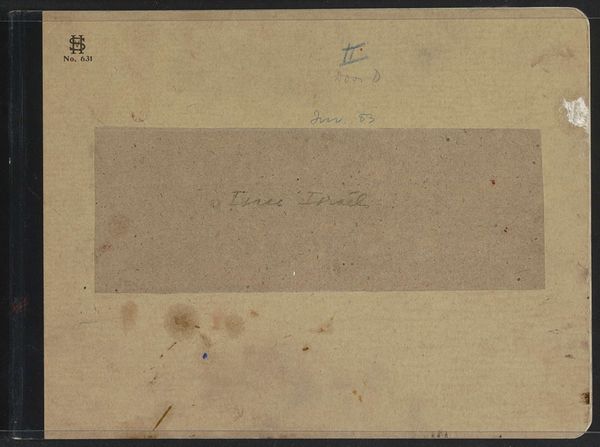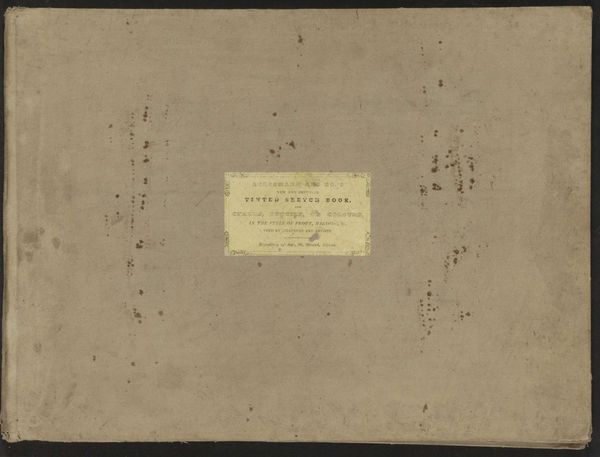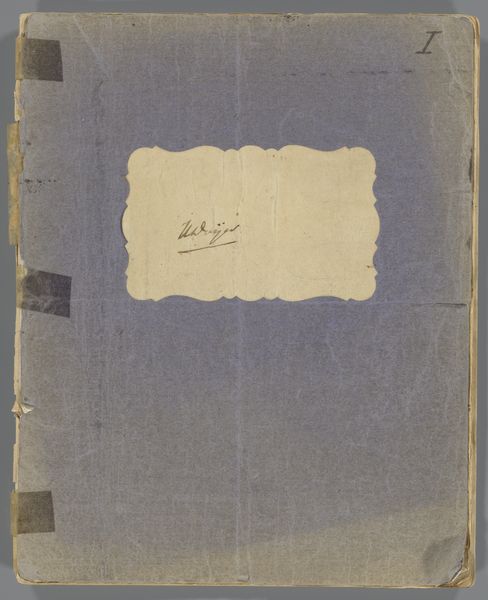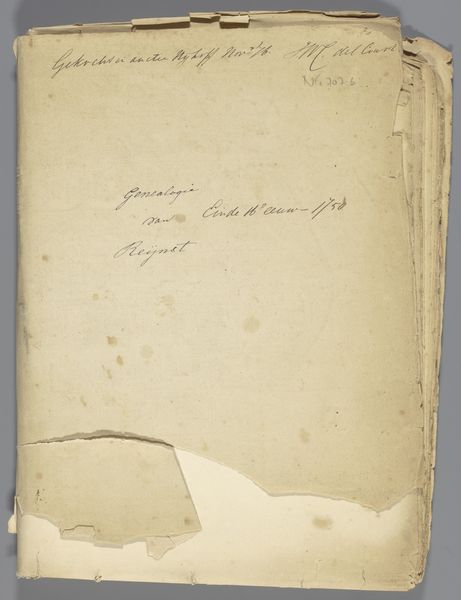
Album of 107 preparatory drawings to illustrate David Hume's "History of England" 1848 - 1858
0:00
0:00
drawing, coloured-pencil, print
#
drawing
#
coloured-pencil
# print
#
coloured pencil
Dimensions: Sheet: 8 1/4 × 10 1/16 in. (21 × 25.5 cm)
Copyright: Public Domain
Here, at the Metropolitan Museum, is an album created by Henri-Félix-Emmanuel Philippoteaux with preparatory drawings to illustrate David Hume's "History of England." Consider the shield motif on the cover. Historically, the shield is not merely a piece of armor but a symbol of protection, defense, and honor. Across cultures, from ancient Greece to medieval Europe, the shield represented a guardian spirit, a bearer of communal identity, and a canvas for heraldic symbols that conveyed lineage and allegiance. Think of the Greek hoplites with their emblazoned shields, each design a badge of their city-state. Over time, the shield evolves, transcending its martial origins to appear in emblems of state and corporate logos, stripped of their historical context but still resonating with ideas of security. It is a kind of subconscious reassurance of invulnerability. We can even see the vestiges of the shield in modern symbols of authority and protection like national coats of arms. Through this object, Philippoteaux’s album reminds us that images and symbols never truly fade; they only transform, resurfacing in new contexts, laden with echoes of their past.
Comments
No comments
Be the first to comment and join the conversation on the ultimate creative platform.


